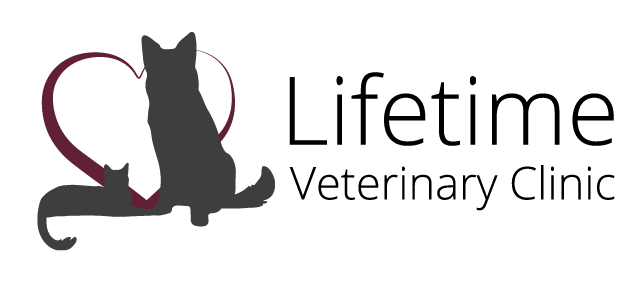Library
-
The birth of a baby or the adoption of a new child can be associated with both excitement and stress. It is important to prepare your pet for the new addition. Before the baby arrives, introduce novel sounds and scents, and be sure your pet has access to safe resting spaces. Socialize your young pet to children from the start. Children should be directly supervised by an adult when they interact with pets.
-
Children often have very close relationships with pets, and especially with cats. Losing a pet cat is inevitable and may be the child's first experience of death, but there are ways for parents and others to help the child cope with it. With care and support, your child can grow through the grief and heal.
-
Chin acne in cats is a poorly understood disorder of follicular keratinization (the overproduction of keratin, a protein found in the outer layer of skin). If this excess keratin is trapped in the hair follicle, comedones (blackheads) form. Pustules (pimples) may form if bacteria infect the comedones. The underlying causes are not fully understood but may be associated with excess sebum production, viral infection, immunosuppression, stress, or poor grooming. Treatment options are available and often involve improved hygiene.
-
Chlamydial conjunctivitis in cats is highly contagious and can look similar to herpes conjunctivitis. Young cats and kittens are especially vulnerable to this infection, although chlamydia can be detected in cats of all ages. It is one of the most common causes of infectious conjunctivitis in cats. This handout describes the clinical signs and how this condition can be treated or prevented.
-
Chlorambucil (brand names: Leukeran®, Chloraminophene®, Linfolysin®) is an immunosuppressive and anticancer medication used to treat certain cancers, such as leukemia, lymphoma, and multiple myeloma. It can also be used as a supplemental treatment for some immune-mediated diseases such as inflammatory bowel disease.
-
Chloramphenicol (brand names Chloromycetin®, Viceton®) is a broad-spectrum antibiotic used to treat many different bacterial infections in many species. Chloramphenicol comes as tablets, capsules, liquid suspension, and in an injectable form (chloramphenicol sodium succinate). Injectable forms will be administered by your veterinarian.
-
Chlorfenapyr poisoning is suspected if a pet has access to this pesticide and subsequently develops expected signs; it should also be suspected in a pet exhibiting signs and at risk of malicious poisoning. Pets that develop clinical signs following chlorfenapyr ingestion are unlikely to survive and chronic complications may be present for survivors.
-
Chlorhexidine + ketoconazole topical is used to treat superficial skin infections or overgrowth in dogs and cats. When given as directed, side effects are rarely noted, but could include skin irritation. If you suspect an overdose or accidental ingestion, call your veterinary office immediately.
-
Chlorhexidine topical (brand names Chlorhex®, Novalsan®, ChlorhexiDerm®) is an antiseptic used to treat skin infections. It is used to treat surface bacterial and/or fungal skin infections in cats and dogs. This medication may be part of a combination product that includes other medications. Chlorhexidine topical comes in shampoo, liquid, ointment, and wipe form.
-
Chlorhexidine/hydrocortisone/trizEDTA topical (TrizCHLOR® 4HC) is a shampoo and spray conditioner used topically in cats, dogs, and horses to support animals with conditions such as superficial, itchy, bacterial and fungal skin infections (pyoderma); acute moist dermatitis (hotspots); and pododermatitis (skin infections of the foot).

